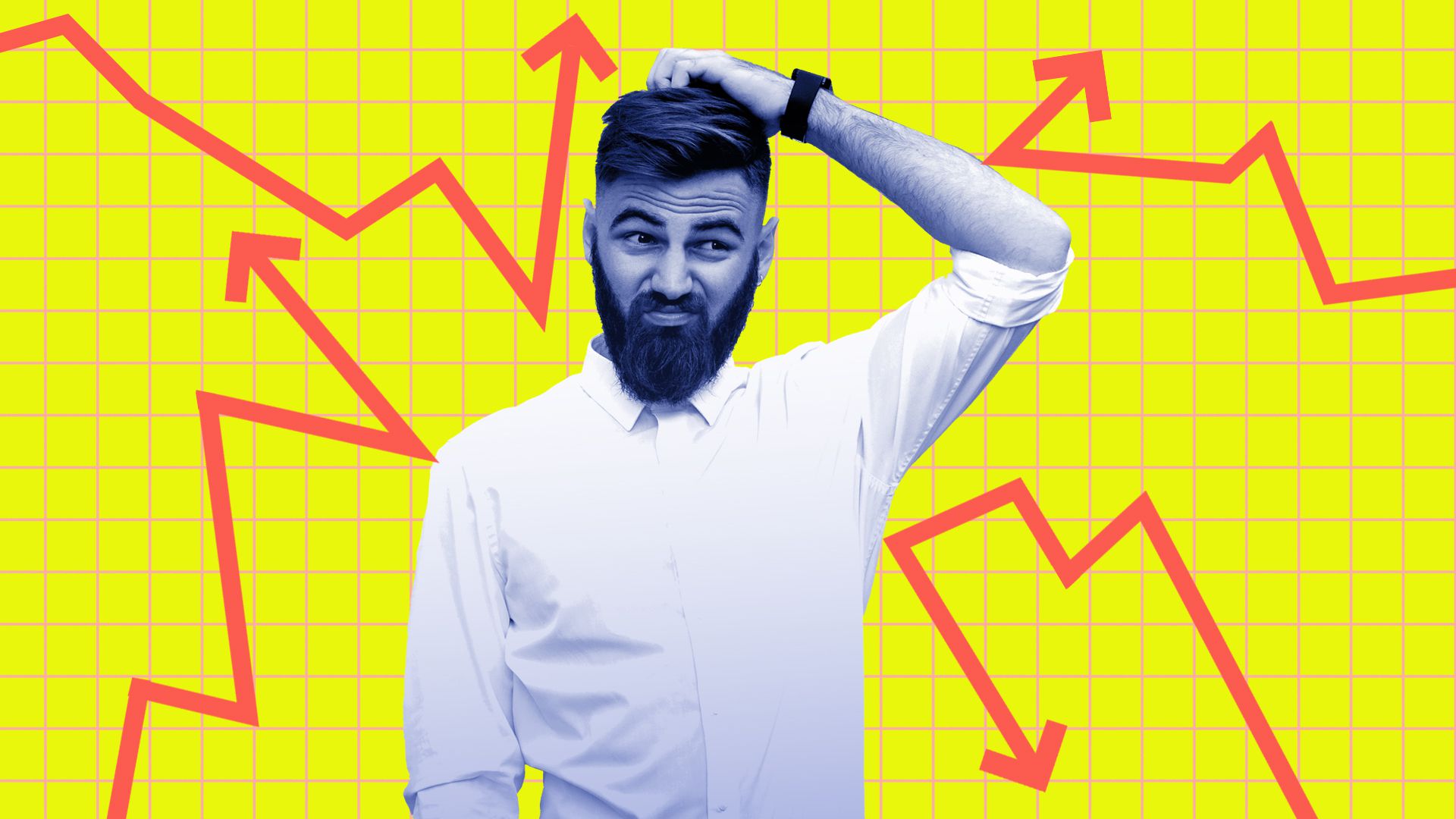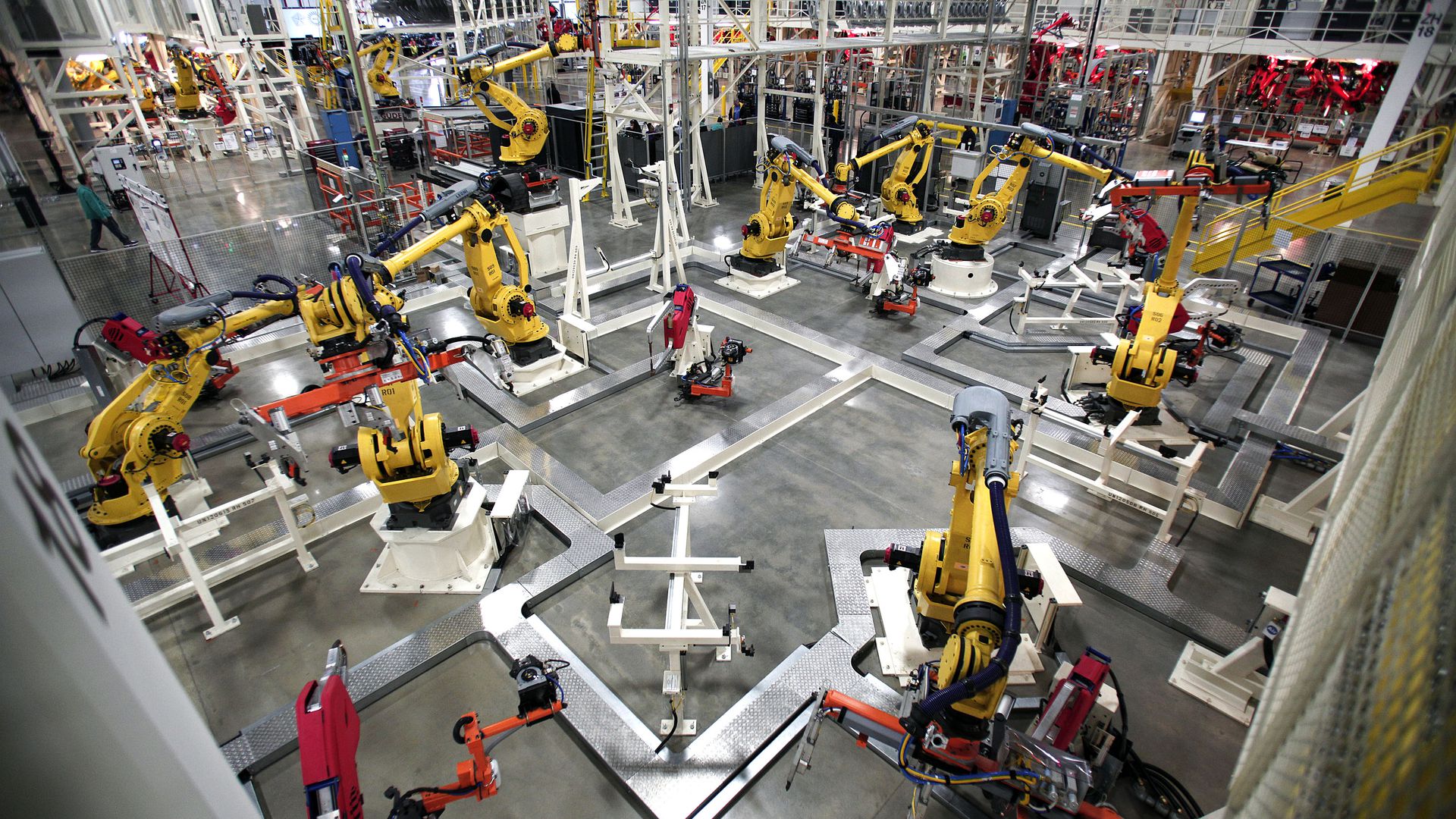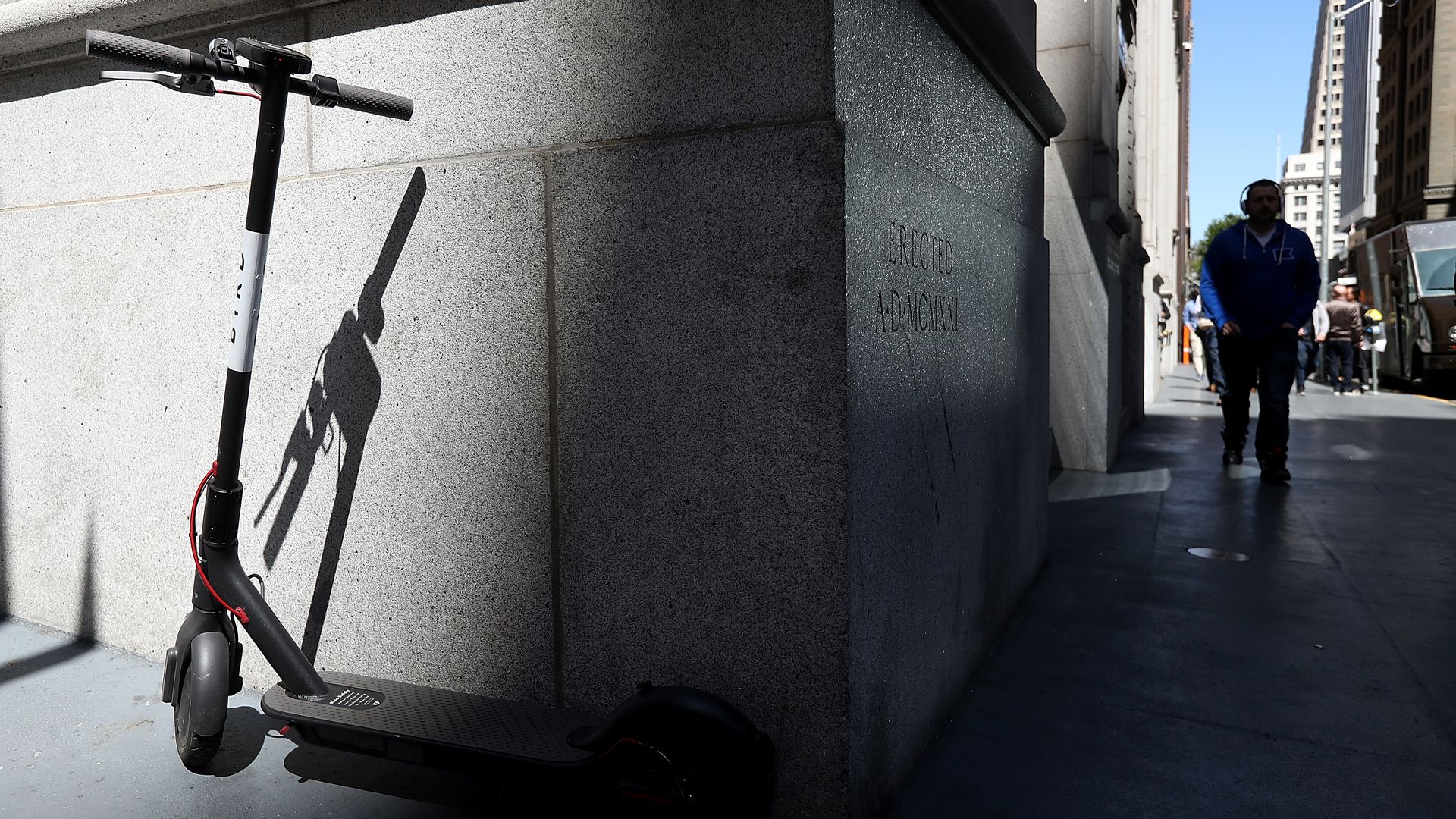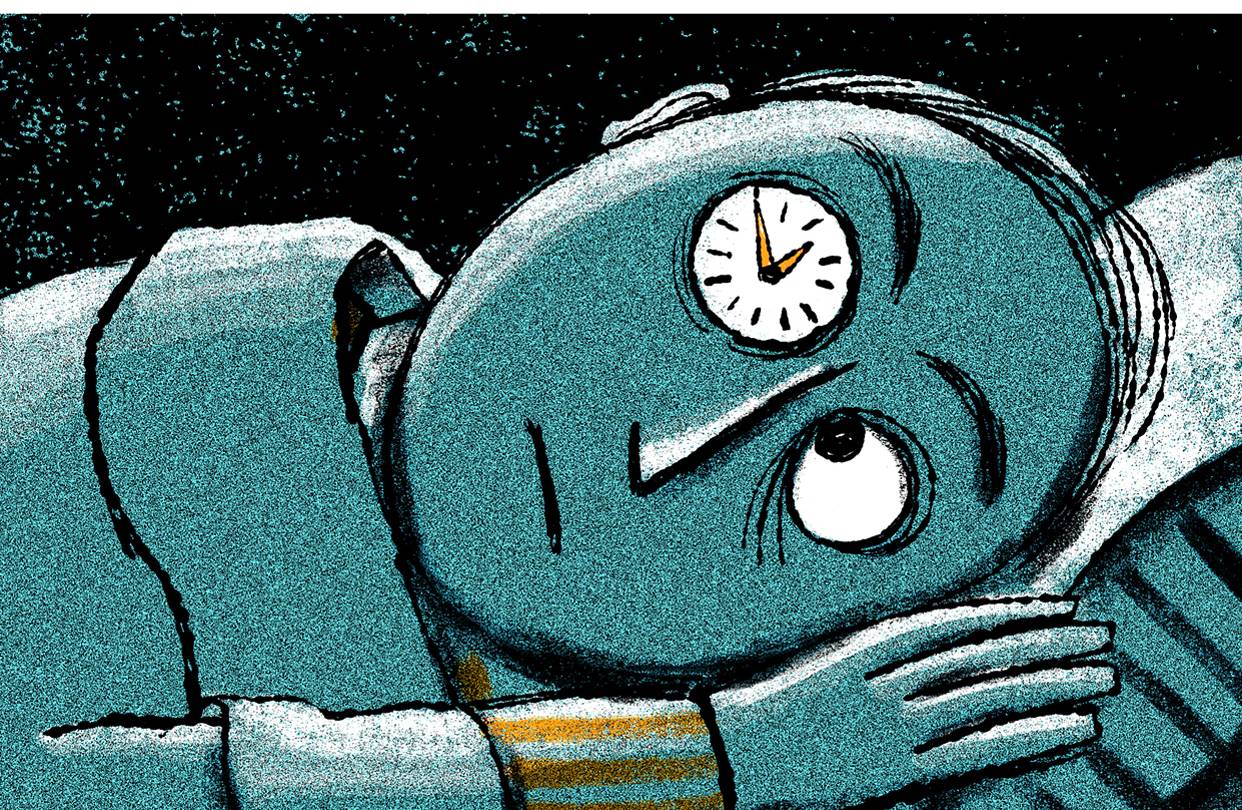US docs are getting more careful about prescribing opioids
US Doctors are increasingly using prescription drug monitoring programs — databases that track patients’ drug history — in an effort to cut down on inappropriate prescriptions.
By the numbers:
- This rise in monitoring corresponded with a 9% drop in opioid prescriptions between 2016 and 2017, according to new data from the American Medical Association.
- The number of opioid prescriptions decreased by 22% between 2013 and 2017.
- Prescriptions for naloxone, which is used for opioid overdose reversal, more than doubled in 2017 and are still on the rise in 2018.
- Over the past year, there’s been a 42% increase in the number of providers certified to use buprenorphine to treat opioid use disorders.










